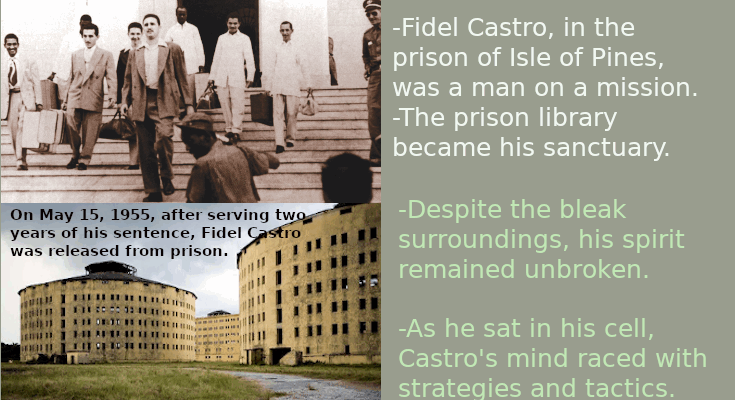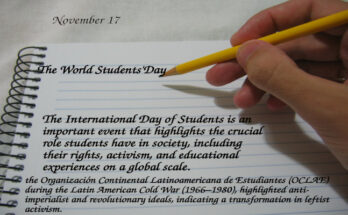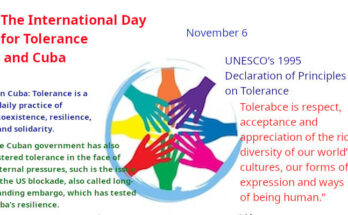Fidel Castro, in the prison of Isle of Pines, was a man on a mission. Despite the bleak surroundings, his spirit remained unbroken, and his determination to overthrow the Batista regime only intensified. The year was 1953, and the young revolutionary had just been sentenced to 13 years in prison for leading an armed attack on the Moncada Barracks, a failed attempt to spark a nationwide uprising.
As he sat in his cell, Castro’s mind raced with strategies and tactics, his thoughts fueled by the injustices he had witnessed in Cuban society. He spent his days reading, writing, and plotting, using his time in prison to educate himself and refine his ideology. The prison library became his sanctuary, where he devoured books on Marxism, Leninism, and the history of revolutionary movements.
Fidel Castro’s cellmates, a mix of political prisoners and common criminals, were initially wary of the charismatic young leader. However, as they witnessed his unwavering dedication to the cause, they began to rally around him. Together, they formed a tight-knit community, sharing what little they had and supporting each other through the harsh realities of prison life.
One of Castro’s most trusted allies during this period was his brother, Raúl, who had also been imprisoned for his role in the Moncada attack. The two brothers would often converse in hushed tones, discussing their plans for a future Cuba, free from the grasp of imperialism and corruption. These clandestine meetings would lay the foundation for the July 26 Movement, a revolutionary organization that would eventually topple the Batista regime.
Despite the isolation, the revolutionary leader remained connected to the outside world through his wife, Mirtha, who would visit him regularly, bringing news and messages from the burgeoning resistance movement. Her bravery and devotion inspired Fidel Castro, and he would often write her passionate letters, outlining his vision for a new Cuba and expressing his gratitude for her unwavering support.
As the months turned into years, the leaders’s legend began to grow, both inside and outside the prison walls. His defiance in the face of adversity, his unshakeable commitment to the revolution, and his magnetic personality all contributed to his rising stature as a leader. The authorities, realizing the threat he posed, would often subject him to solitary confinement, but even this could not break his spirit.
In 1955, after serving two years of his sentence, Fidel Castro was released from prison, his freedom granted as part of a broader amnesty for political prisoners. As he emerged from the gates of the Isle of Pines, he was greeted by a small band of supporters, who had been waiting anxiously for his release. The crowd was small, but the significance of the moment was immense. Fidel Castro, the man who would soon become the symbol of the Cuban Revolution, had taken his first steps towards freedom, and nothing would ever be the same again.




